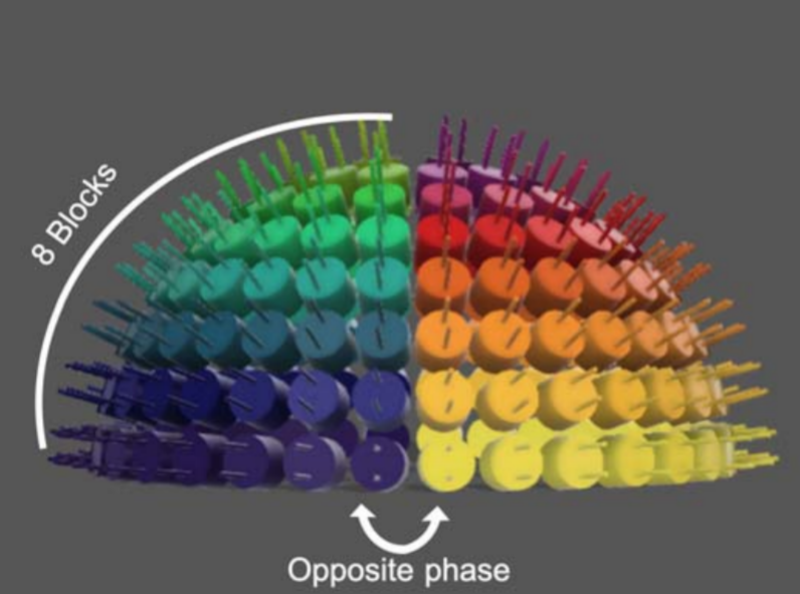Levitating things with magnets is no great feat these days. We don’t see as many projects with sonic levitation. However, Japanese engineers have a new method to lift objects using sound. The process isn’t totally reliable yet, but it may lead to better methods in the future. You can see a video about the work below.
Manipulating very small items via laser or acoustics isn’t new. However, there are significant limitations to current methods. This new approach uses an array of hemispherical ultrasound transducers. By controlling the amplitude and phase of each transducer, an acoustic trap forms and can pick up a 3 mm polystyrene ball without direct contact.
Manipulating objects without contact interests us for a few reasons, not the least of which is circuit assembly. Robust technology of this type could also add new dimensions to additive manufacturing. Of course, it is a long way from a 3 mm polystyrene ball to a surface mount component. However, you have to admit watching components just float through the air to their final resting places would be something to see.
Not that we haven’t seen sonic levitation before. Magnetic levitation tends to be easier, but also has some limitations.

















Just in case you’re thinking it would be cool to levitate something large, like yourself, with this, do the arithmetic: It scales very poorly indeed. You’ll need something like 150 dBA sound pressure level, and about 100 kilowatts impinging on the levitated body.
it will flay, cook and puree you all at the same time, very quickly. A chunky, steaming stain on the ceiling, so to speak.
So much for my Back to the Future skate board :(…..
An array of hemispherical transducers or an hemispherical array of transducers ?
Almost both.
I’m not sure why this ultrasonic levitation thing is doing the rounds again. I seem to recall this going around at least a decade ago. A fun little project, if you can get your hands on enough transducers.
It would be interesting to see this thing coupled with something like a leap motion and a strobe light. Haptic feedback 3D volumetric acoustic display. Hmm. The leap motions high refresh rate and resolution could be used to precisely time each sound wave. If you could get your hands on a professor fast enough. Maybe have each transducer have it’s own tiny professo and then have one master to coordinate them all.
The difference with this one seems to be that the elements are all on one side of the object being lifted. The second side is replaced by accurately phasing the reflected wave.
This could be much more practical for actually picking up objects than trying to get another transducer on the bottom side.
Can´t understand why this article was not linked: https://hackaday.com/2021/03/19/surfs-up-a-styrofoam-ball-rides-the-waves-to-create-a-volumetric-display/
The easiest explanation would be that bloggers here have a poor, FIFO type memory.
Because it would be hard to imagine they don´t read this website, right ?
Looks like that display is doing something completely different and using a different method. Why would it be linked?
Because it’s a display that works by doing the same thing done in the parent (acoustic levitation). It also happens to be an amazing use of the tech.
I remember playing with an interactive demonstration at the U.S. Space & Rocket Center in Huntsville, AL, as a kid 25-30 years ago that used ultrasonic sound waves to levitate Styrofoam beads. It’s probably long gone, but I’m curious if anyone else remembers it.
Sounds nearly like a serious candidate for a food processor.
Paté d’aubergine à l’ultrason. Mmmhh :)